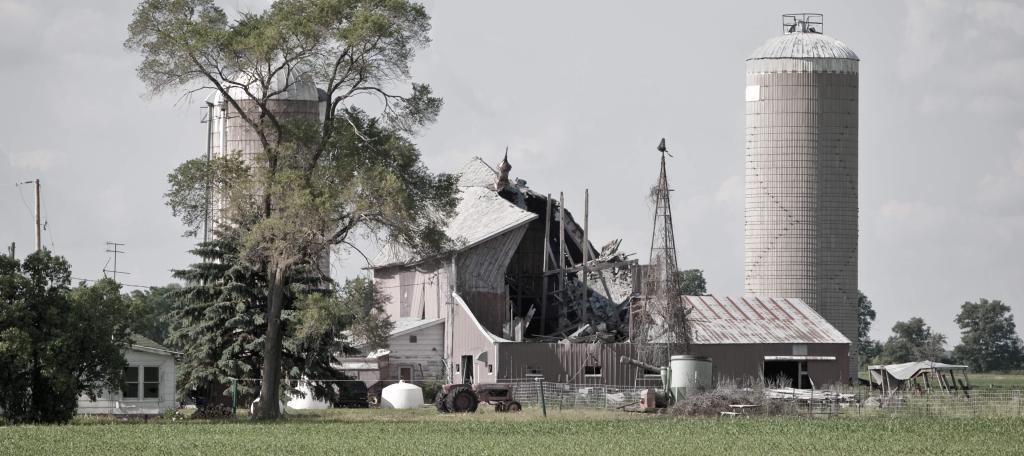
You can prevent your farm buildings from collapsing!
Ever made a claim for a farm building that collapsed? You’re not alone. We receive them every year. If it has never happened to you, great! But prevention is still crucial. Whether your buildings house livestock, machinery, or forage, collapse can have serious consequences such as interruption of production, loss of human and animal life, loss of income, and fire.
How can you prevent this kind of unfortunate event? Here are tips and strategies for detecting problems and preventing your buildings from collapsing.
Inspect your buildings each year and identify structural problems
Did you know that many collapses can be avoided with a simple annual inspection? Thoroughly inspecting your buildings each year will help you identify structural problems and recognize issues that can cause damage. Once they have been identified, you can take the necessary steps to address them and prevent potential damage, including collapse.
Conduct a building inspection
There are many signs of structural weakness:
- Roof buckling and deformation
- Foundation cracks
- Significant lifting or sag in the floor slab
- Curving or leaning of exterior or load-bearing walls
- Curving of ceiling or joists or beams
- And so on
Do any of your buildings show these signs? Start repair and stabilization work right away.
Inspect the roof space
High humidity and temperature variations are often observed in the roof space (often called the “attic”) and can affect the strength and solidity of the roof’s structural components.
Inspect the roof space in your buildings regularly to quickly detect these types of problems and prevent the stability of your buildings and their roofs from being compromised. When you do, check each structural component and watch out for the following signs.
- Mould or rot on wood components
- Water or high humidity in insulation
- Cracked or split wooden components
- Corroded metal connectors
- And so on
Make a note of what you find, replace any affected components, and be sure to correct the cause of the wear and tear or damage.
Then consider the following improvements:
- Insulating the ceiling
- Installing a vapour barrier
- Renovating your building
- Applying anti-corrosion paint
- Improving ventilation
- And so on
It is important to hire or consult a qualified professional when doing the work. A contractor who specializes in structural work can provide expert advice and ensure the work is carried out to applicable standards.
Watch for the most common causes of building collapse
A number of factors can cause a building to collapse:
- Age
- Excess weight due to snow and ice
- High winds
- Excess moisture that leads to structural decay
- Oxidation of metal connectors
- Self-builds without engineering plans
- Absence of load-bearing components
Pay attention to areas where snow accumulates
Although metal coverings and prevailing winds often help clear snow from roofs, some areas are susceptible to accumulation, such as the junctions of additions and drainage channels. Make sure to clear snow off these areas regularly to prevent excess weight that could weaken your buildings.
You’re all set! Inspection, repair, and good maintenance are the basics for protecting your buildings from collapse. If you need advice on a farm building renovation, addition, or construction project, contact your mutual insurance company and ask for help from a prevention advisor.
